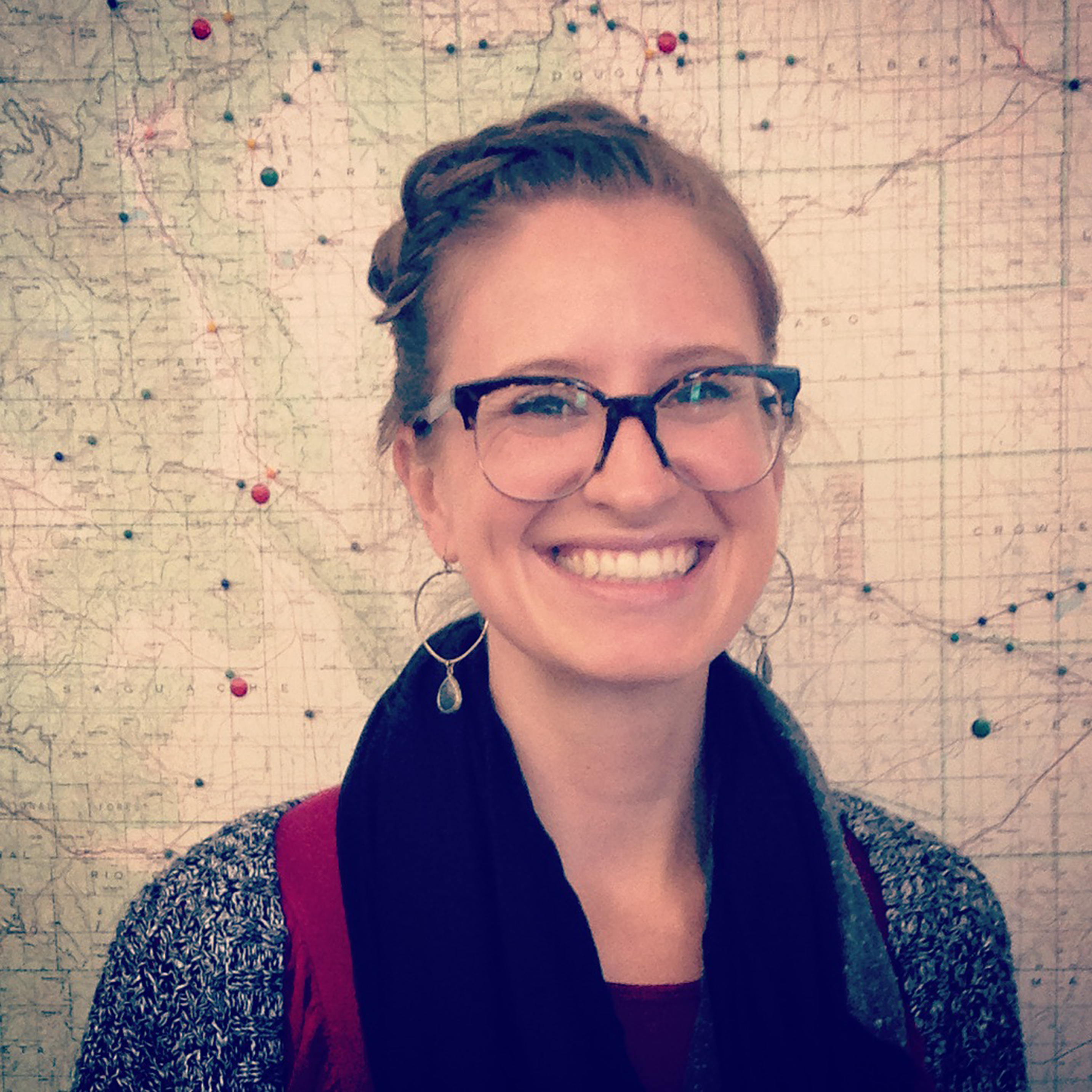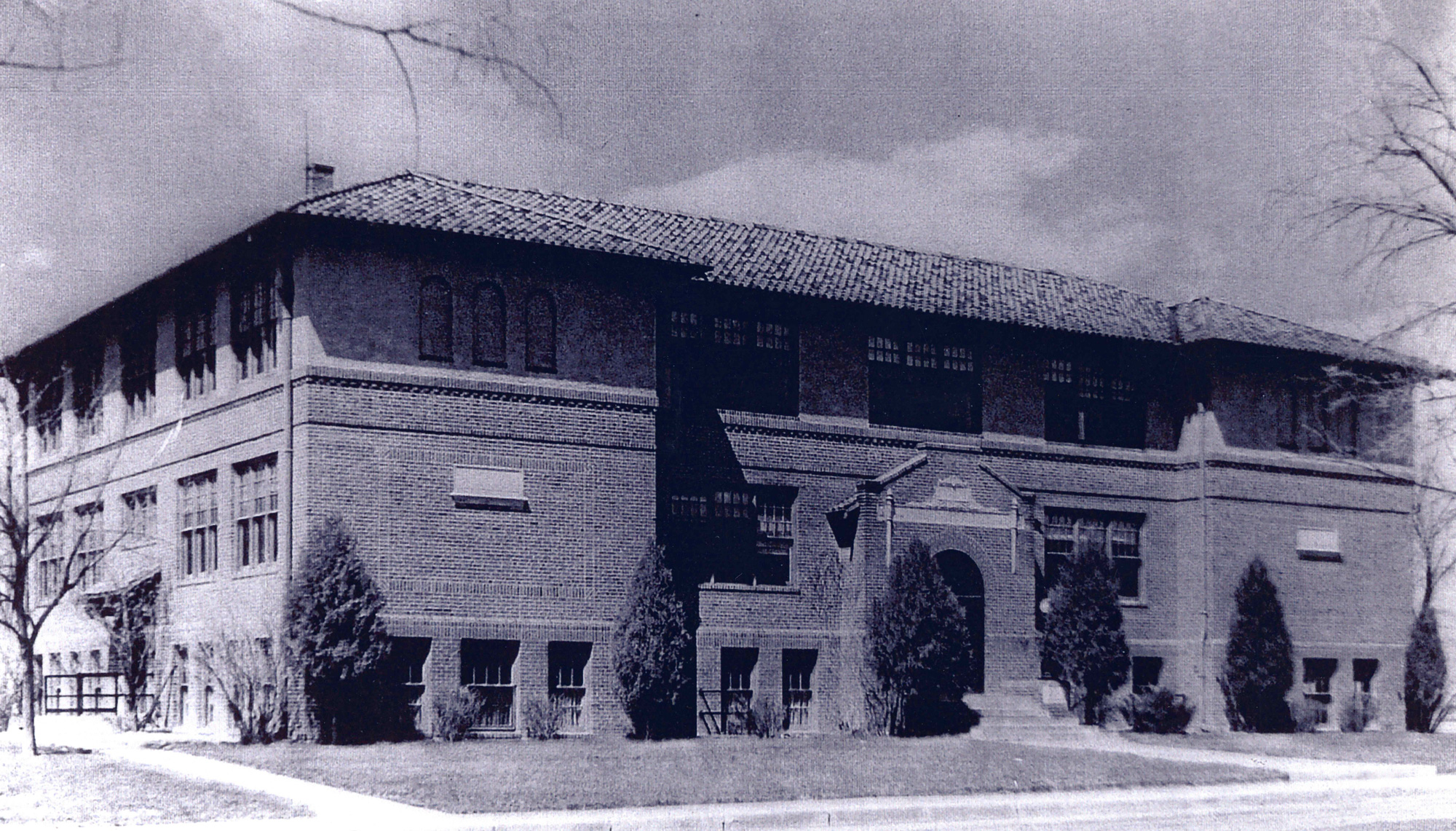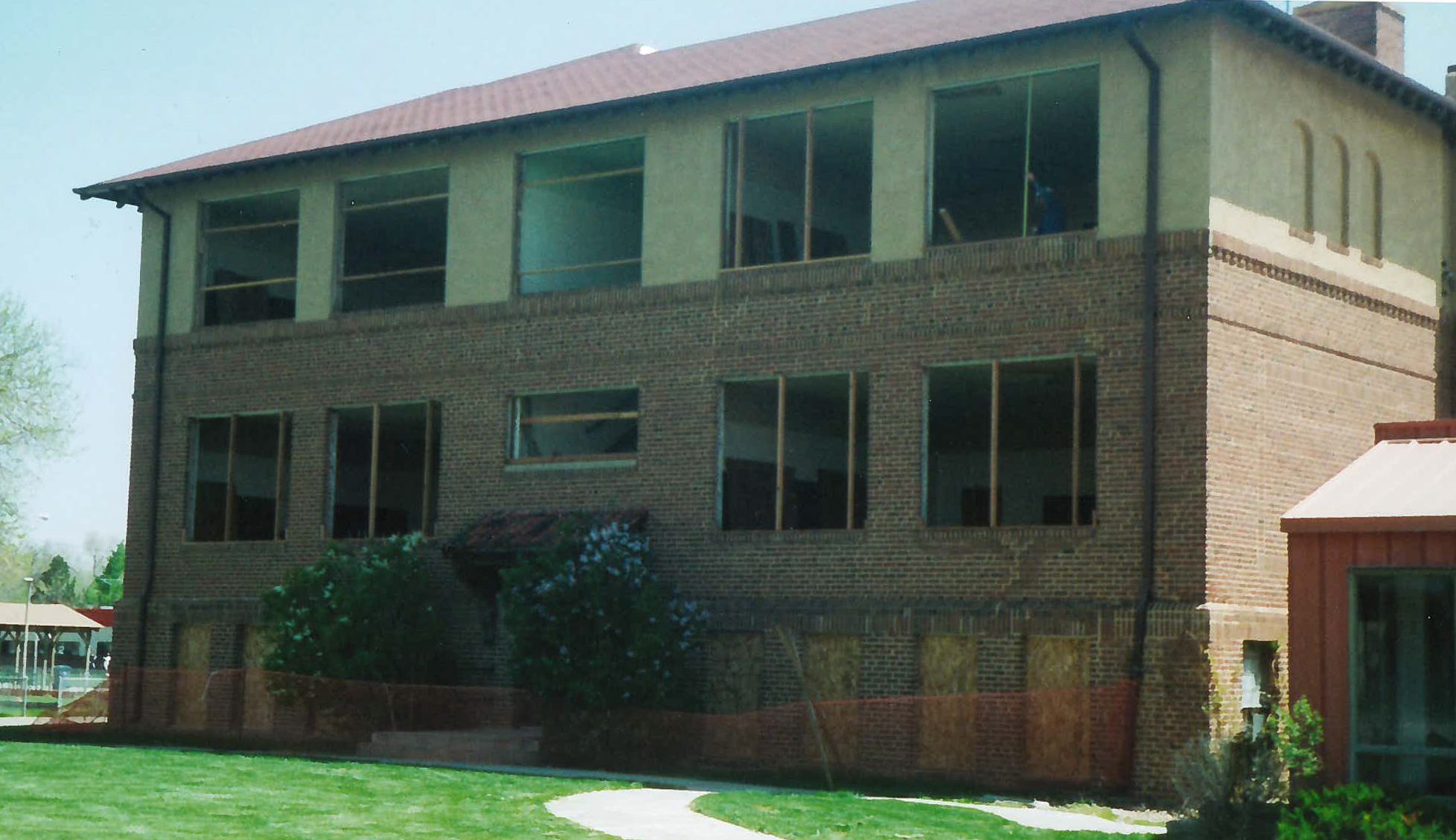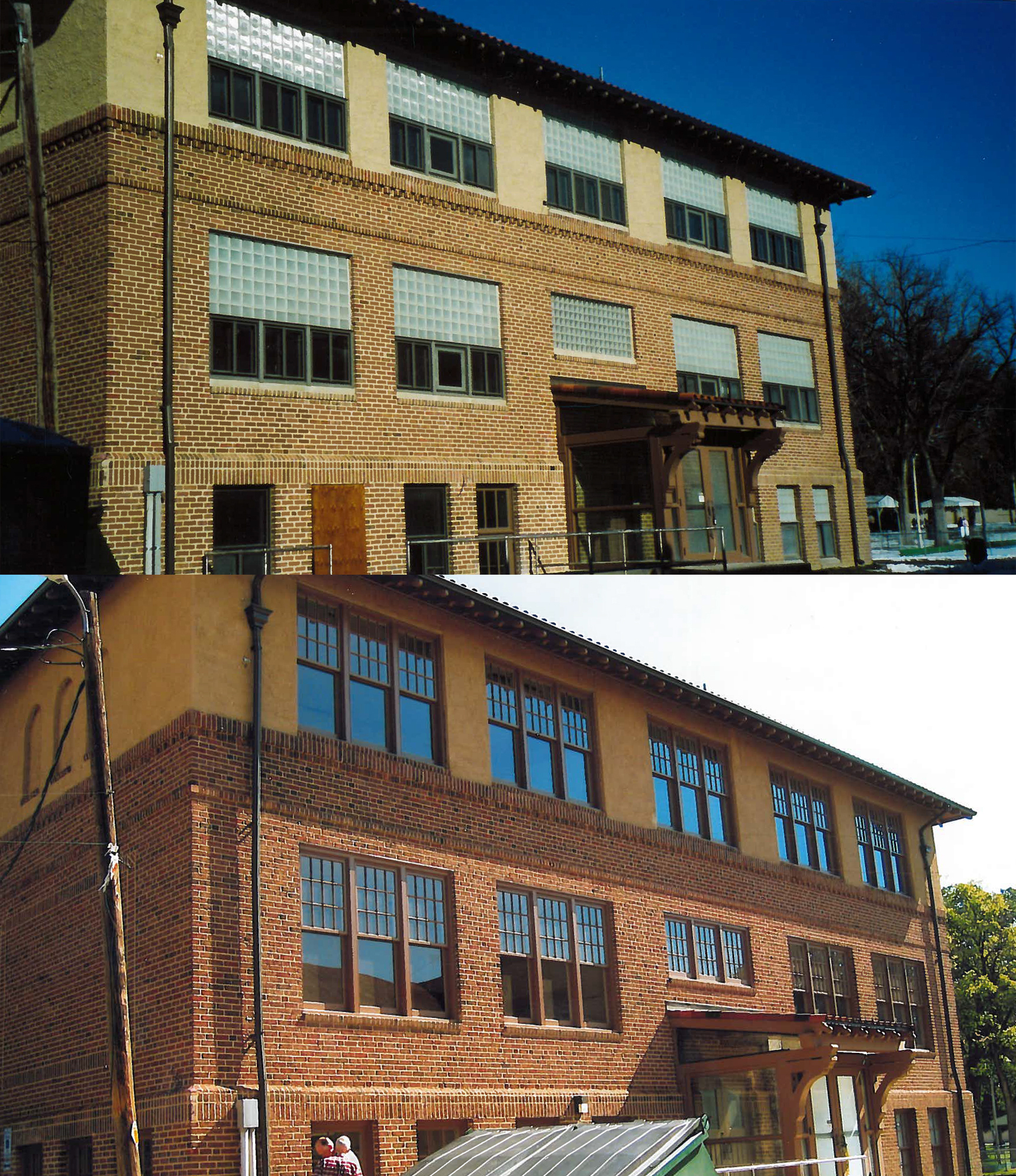Story
Once a School, Always a School
Prioritizing Usage and Preservation
These days, it’s not uncommon to turn a historic church into a coffeehouse, or an old gas station into a hip new restaurant; adaptive reuse is one of the most creative and increasingly popular ways to preserve a historic building. What’s become rarer, in fact, is opting for the original use of a building post-rehabilitation, and this is no truer than for schools. As communities have grown through the twentieth century, early and even mid-century schools have been abandoned for larger, newer school complexes.
Maintaining an early-twentieth century school as a school is a unique and difficult challenge, and like most preservation, it’s accomplished only by the determination of community members. So when Weld County District RE-9 decided to preserve the historic Ault School—now Highland Middle School—it was clear the community was behind it.
Established in 1891, the town of Ault grew so dramatically over the following thirty years that even the new 1914 school couldn’t contain the student population. Built in 1921, the Ault School was designed by Sidney P. Frazier, who opened a firm in Greeley in 1919 and remained the only licensed architect practicing in the city for the next forty-five years. Until 1999, classes were held in the school before it was closed later that year. It was then that the district reevaluated its plan for the building and ultimately decided to honor its legacy as an educational facility.
Through funding from History Colorado’s State Historical Fund, the Ault School underwent phases of interior and exterior rehabilitation from 1999 to 2006. The Mediterranean-style brick building features a low-pitched, clay-tile hipped roof, overhanging eaves with exposed, sculpted rafter tails, and a projecting main entrance adorned with a shaped parapet and arched doorway. Today, the Ault School is listed on the National Register of Historic Places not only for its architectural significance as an example of Frazier’s work and one of the few architect-designed structures in Ault, but also for its longstanding role in the community: it was Ault’s only high school from 1921 to 1976 and a junior middle school in the 1990s.
“Preserving the building is a source of community pride," says Weld County District RE-9 Superintendent Robert Ring. "It allows us to communicate better with older citizens who have ties to the building, and it connects students to the history of their town. Some have parents or even grandparents who went to the same school decades ago.”
Recently, more opportunities for Colorado schools have emerged. Developed in 2008, Colorado Department of Education’s BEST (Building Excellent Schools Today) Grant Program administers funding for improving schools, which is unquestionably a noble and necessary program. But unfortunately, BEST grants are typically awarded for either new construction or renovation work to accommodate new technology, so retention of historic integrity is rarely a priority. This could put historic schools in a difficult dilemma, but the Ault School is finding ways to bring in new technology without compromising integrity.
“Initially it seemed integrating technology would be a major challenge," says Superintendent Ring. "Plaster walls, high ceilings and other historic features of the building aren’t structured to accommodate wires and cables. But with the recent rise of wireless technology, it actually may be to our advantage that we don’t have an infrastructure of cables throughout the building. This might be an easy alternative that works for historic schools."
For some communities, preservation is about maintaining more than a building’s bricks and mortar: it’s about preserving its functional relevance as a means to both honor its past and create its future.
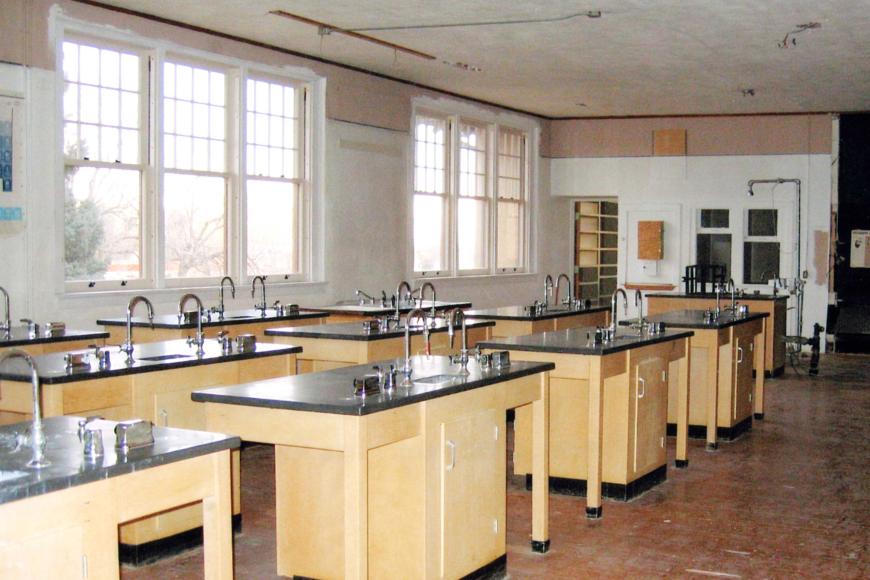
Classroom in 2006
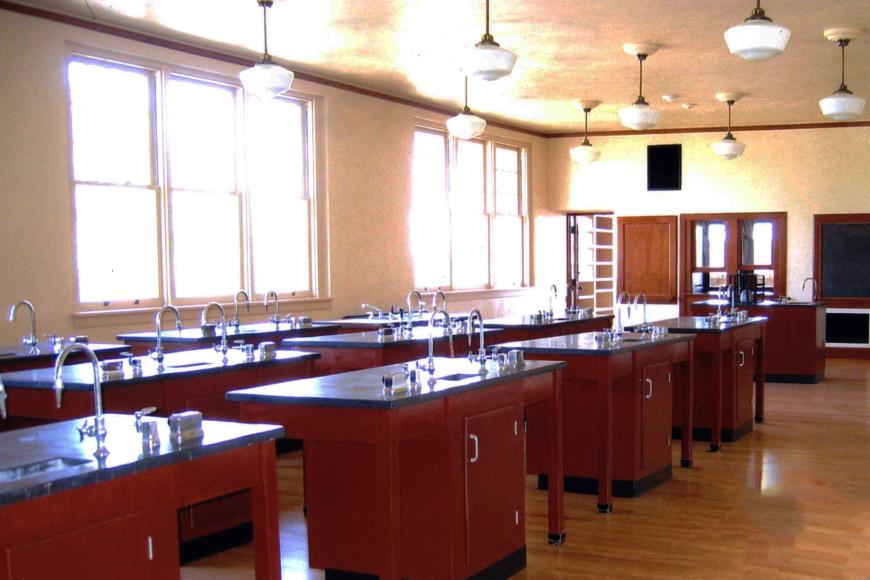
Classroom in 2008
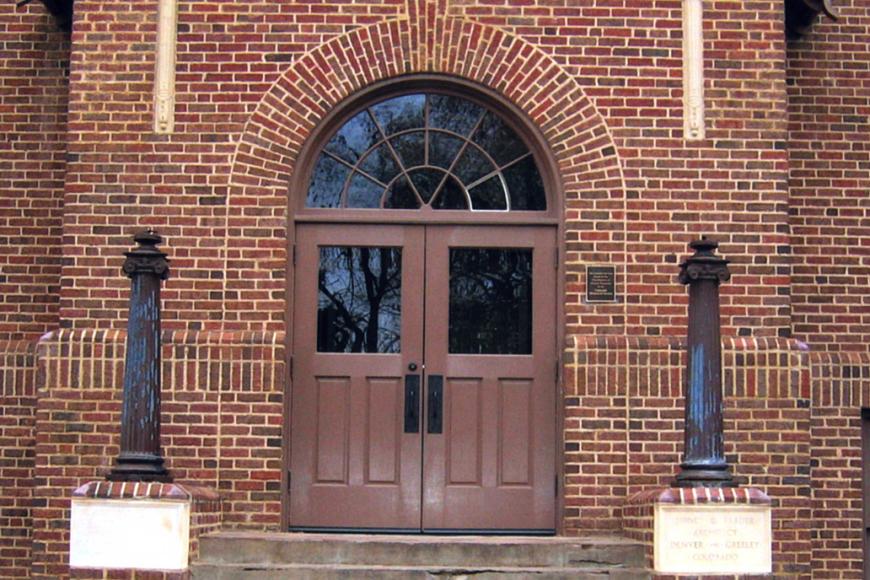
Entryway in 2006
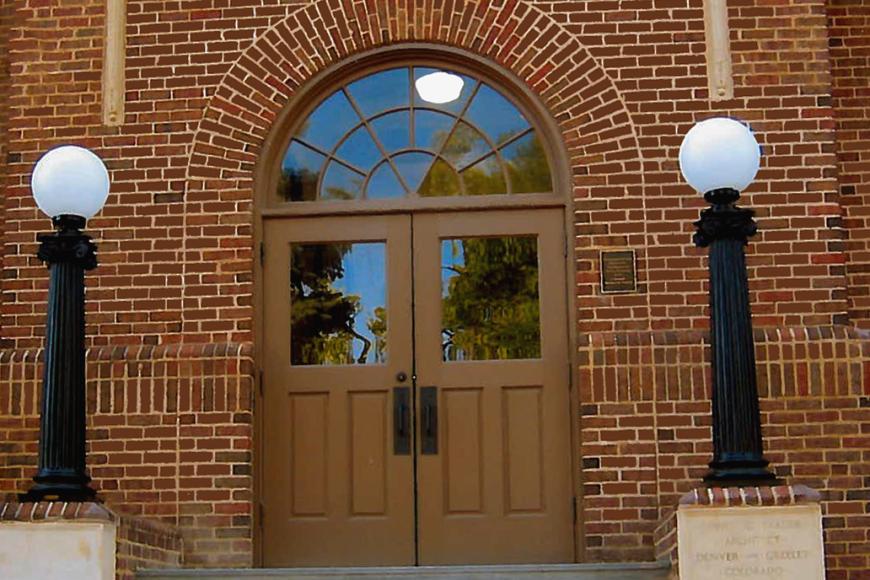
Entryway in 2008

